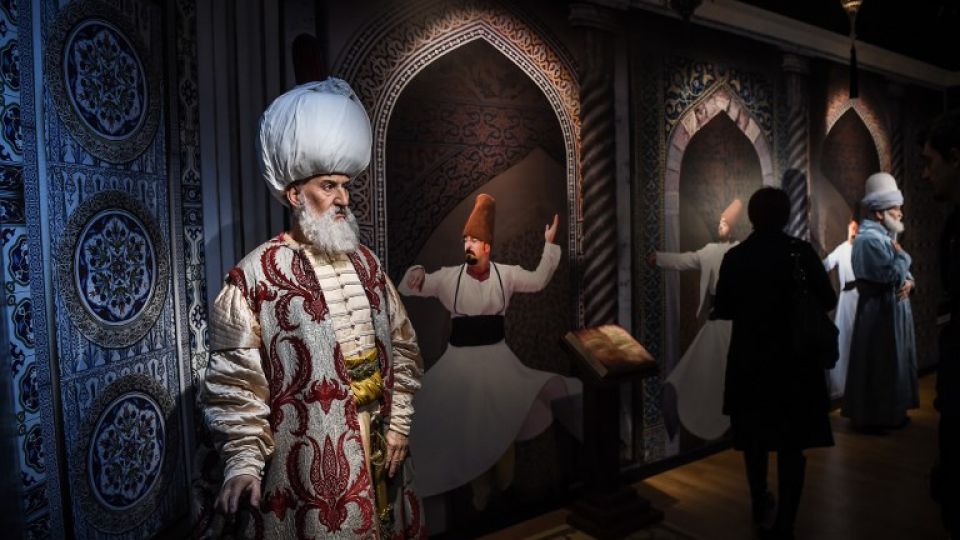February 23, 2018
The leasing of the Chabahar deepwater port from Iran to India is the latest in a millennia-long history of cooperation between the two countries.
India and Iran inked nine major agreements, including leasing part of the deepwater Iranian port of Chabahar to an Indian company, during Iranian President Hassan Rouhani’s New Delhi visit in mid-February.
Rouhani’s visit, the first by an Iranian president in nearly a decade, is a continuation of India’s robust outreach to West Asia.
“We had detailed discussions on ways to further deepen cooperation between India and Iran,” Indian Prime Minister Narendra Modi tweeted on February 17.
The visit is significant as it comes a month after the visit of Israel Prime Minister Benjamin Netanyahu. Modi government looks set to continue its precarious balancing act between western powers and the middle east.
The Port and the Pacts
Iran and India signed a lease for the Shahid Beheshti Port at Chabahar in southeastern Iran for 18 months. Chabahar is 140 km away from the China-sponsored US$46 billion Gwadar port in Pakistan that is being built as part of its Belt and Road Initiative.
The US$85 million Chabahar port, being built with Indian funding, will be a “golden gateway” for India giving it access to Iran and Afghanistan bypassing Pakistan, and curtailing China’s growing presence in the region.
India has already committed US$500 million to the Chabahar Port, outside of the Gulf of Hormuz and some of the busiest shipping lanes in the world.
Both India and Iran want to see a peaceful, stable Afghanistan. An official joint statement referred to “strengthening India-Iran-Afghanistan trilateral consultations”.
The three nations had signed a trilateral transit agreement during Modi’s visit to Tehran in May 2016 which saw a new dawn in bilateral relations.
“We want to increase connectivity and trade. We want to strengthen our strong cultural ties. Landlocked Afghanistan has got a golden gateway in Chabahar… We will support the rail link,” PM Modi said after meeting Rouhani.
India and Iran also signed nine agreements, including on easing visa rules and cooperation on medical sector, apart from a maritime agreement on Chabahar Port development.
The Past
Historically, India and Iran have had a long and peaceful collaboration with deep cultural ties.
“The Shahnameh”, or the Book of Kings, the oldest Persian epic composed by Iranian poet Hakim Abul-Qasim Ferdowsi Tusi mentioned India over 100 times.
Farsi or Persian was spoken in the Indian subcontinent and was the language of the affluent class.
During the Cold War, India and Iran owed allegiance to different political blocs – the former to the Soviet Union and the latter to the US, yet their relations remained mostly cordial up to the Islamic Revolution. After the 1979 revolution in Iran, Tehran joined the India-led NAM (Non Aligned Movement) declaring it had no alliance with the US or the Soviets, temporarily boosting relations between Tehran and New Delhi.
However, tensions arose as a result of Iraq declaring an 8-year war on Iran and the fact that India had close relations with Saddam Hussein. After the Iran-Iraq war, relations between Iran and India improved dramatically and in 2001 then Indian Prime Minister Atal Bihari Vajpayee visited Tehran and signed the ‘Tehran Declaration.’


